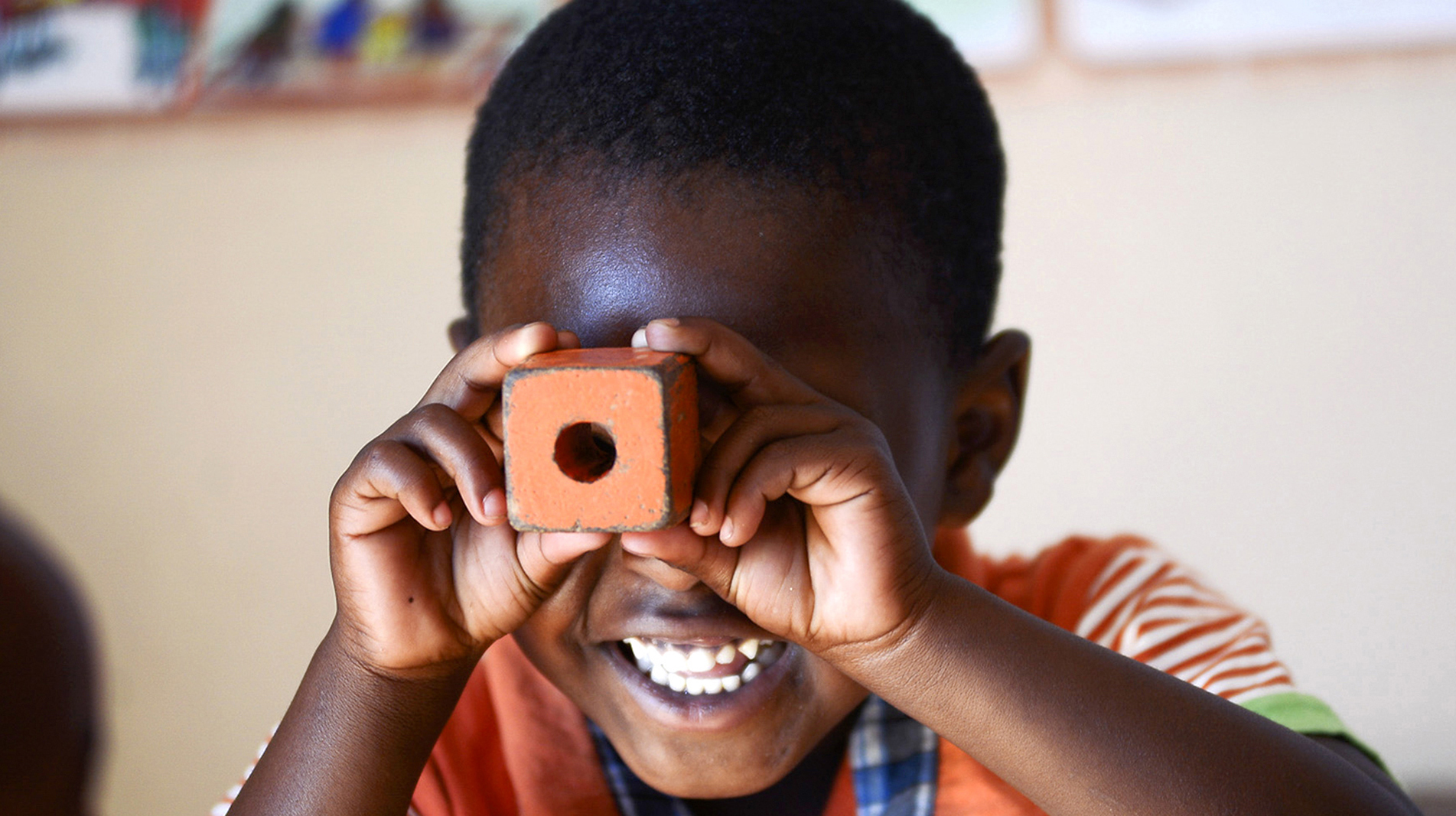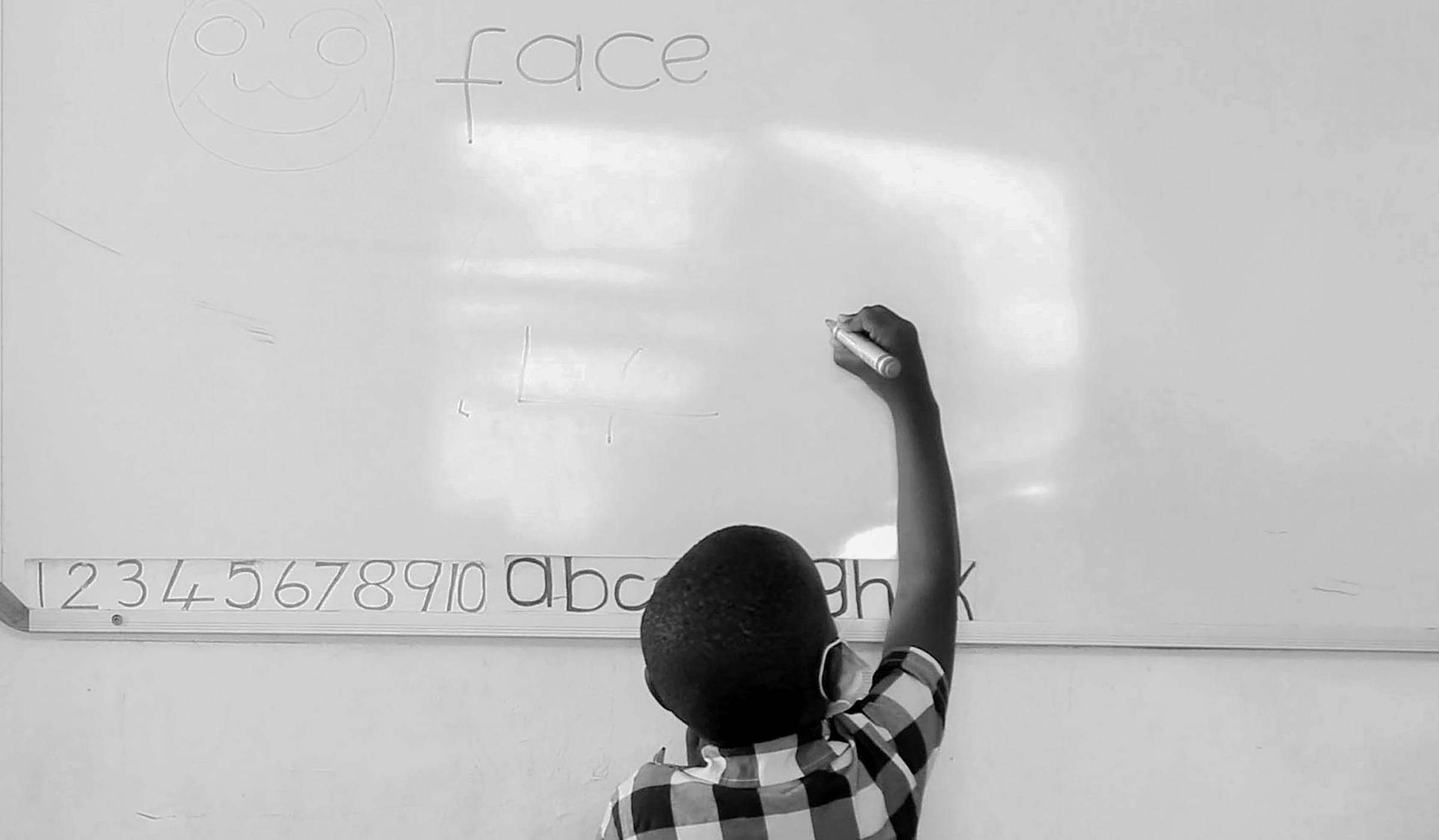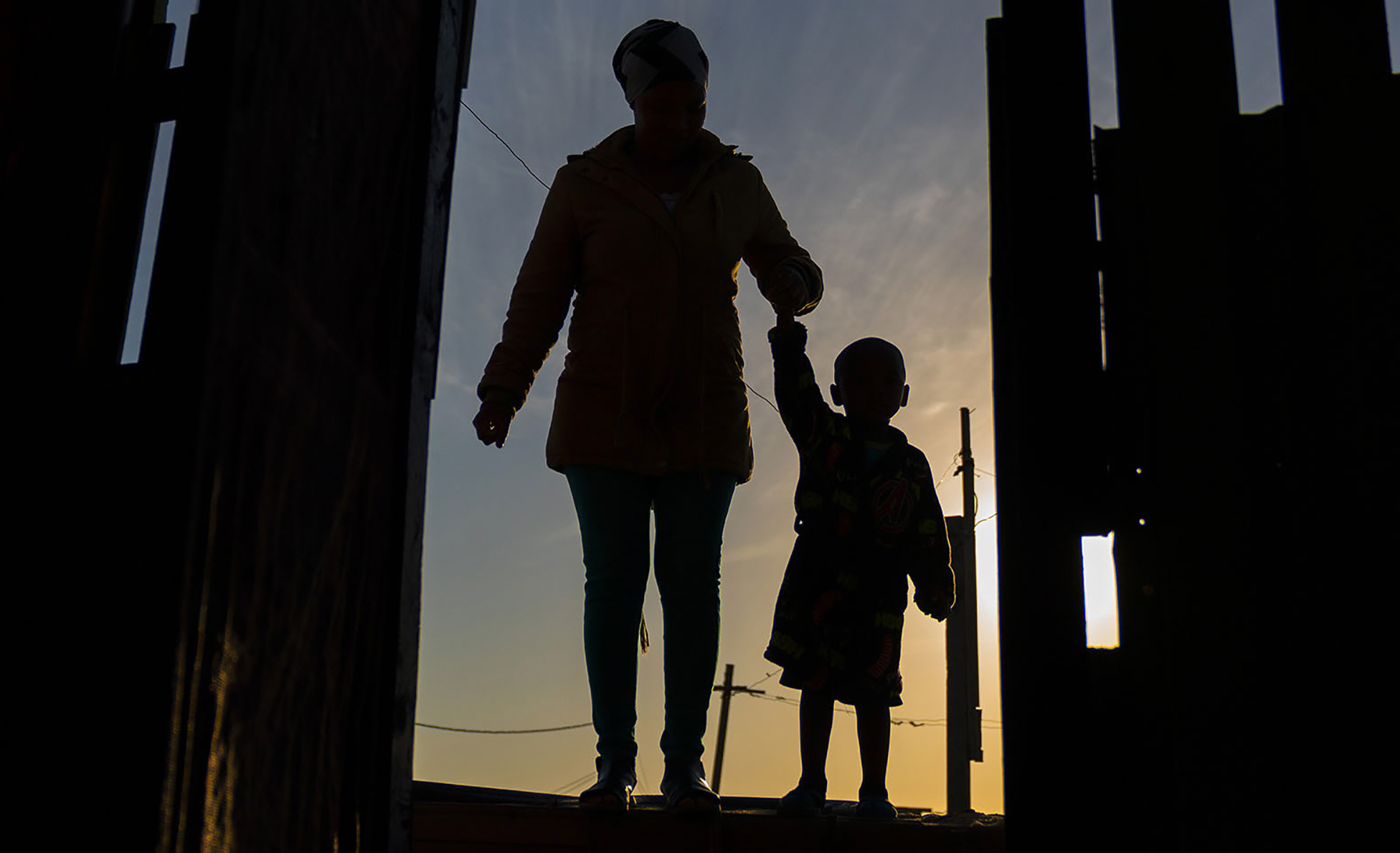EARLY CHILDHOOD DEVELOPMENT OP-ED
The Thrive by Five Index — measuring what matters most for our children

The Thrive by Five Index, launched on 8 April, allows us to answer a fundamental question — with the kinds of early life experiences that we offer our children, are we setting them up for success or failure?
South Africa collects data on a range of things that tell us how well or how poorly we are doing. We monitor our GDP, we conduct surveys to understand business and consumer confidence, we track unemployment levels and every year we eagerly anticipate and analyse the matric results.
Each of these datasets offers insights into the health of our nation and our people at a particular point in time, and we repeat data collection at regular intervals so as to track trends and respond accordingly.
But the foundations for a prosperous society are laid well before young people complete their schooling or seek employment. The experiences we have during our first five years of life set our trajectory as individuals, and collectively for society as a whole.
One of the most important measures of the current state, and future potential, of our country is therefore whether our youngest children are thriving. Until now, we have not had data to track this important indicator.
The Thrive by Five Index was launched on 8 April to fill this data gap. The index allows us to answer a fundamental question — with the kinds of early life experiences that we offer our children, are we setting them up for success or failure?

Greater and smarter investment in early learning programmes will make a tangible difference to learning outcomes for young children, especially the poorest. This will have a positive ripple effect through the education system. (Photo: Ilifa Labantwana)
The index was initiated by FNB and Innovation Edge in collaboration with the Department of Basic Education and is supported by the United States Agency for International Development (USAID) and ECD Measure.
The index assessed more than 5,000 children aged four to five, attending 1,247 early learning programmes (ELP) across the country. This is the largest survey of preschool child outcomes yet undertaken in South Africa. Every child was individually assessed in their mother tongue using locally developed, standardised preschool assessment tools that provide an accurate and fair measure of whether a child is on track for their age.
Child assessments focused on key areas of development that have been shown to be important for longer-term success:
- Early learning: This includes gross motor development, fine motor coordination and visual motor integration, early literacy and language, early numeracy and mathematics and cognition and executive functioning.
- Physical growth: The index assessed height for age, as a measure of stunting.
- Social-emotional functioning: The index looked at each child’s social relations with peers and adults, emotional readiness for school and age-appropriate levels of independence.
Index data is nationally and provincially representative and can be disaggregated by sex and income levels (using school quintiles as an income proxy).
There are many statistical advantages to having a large dataset like this, but it can also be easy to forget that each of these numbers represents an individual child with their own personalities, hopes and dreams.
So, let’s imagine a group of 20 children starting Grade R in South Africa in January 2023, anxious and excited for their first day at big school. On the basis of index data, this is what we know:

Seven of the children above are likely to be ready (green). These children will start school on track in terms of cognitive and physical development and are more likely to stay on track as they continue their education journey.
Half (10) of these children face barriers to thriving (orange). These children will start school already struggling, either because of physical stunting or because they lack the basic learning foundations. They are going to need additional support as they transition into Grade R, to catch up and keep up.
The remaining three children face significant barriers to thriving (red). These children will start school with a substantial disadvantage. They are physically stunted and falling (far) behind in their cognitive development. Considerable efforts will need to be made to support them and many will be unlikely to ever catch up to their peers.
None of us wants our children to be sitting in the orange or red zones, but the fact is that 65% of four-year-old children in SA are already there. If we extrapolate this to the about one million children who start Grade R every year, we get some sense of the magnitude of the challenge.
For early learning specifically, less than half (44.7%) of children between four and five enrolled in an ELP are able to do the learning tasks expected of children their age. Of great concern are the high numbers of poor children in particular who are falling far behind in areas of development that are critical to school success.
Without these foundational cognitive skills, young children from poor households are starting school at a distinct disadvantage. The performance gap between the poorest children and their better-off peers will increase as they get older, because children who start school falling behind are likely to fall further and further behind over time. This has implications for their education, employment and income prospects.
When it comes to physical growth, the index found that one in four children are either stunted or severely stunted. In other words, 25% of four to five-year-old children enrolled in ELPs show signs of long-term malnutrition. In some provinces, stunting rates were found to be as high as 30% or more.

The foundations for a prosperous society are laid well before young people complete their schooling or seek employment. The experiences we have during our first five years of life set our trajectory as individuals, and collectively for society as a whole. (Photo by Gallo Images/Luba Lesolle)
The index found that children who were stunted performed worse on the early learning assessments than their non-stunted counterparts. They start out with lower scores at 50 months, and these differences persist as children get older. The negative impact of stunting on the human capital of the country cannot be overemphasised. This is a preventable condition and it comes with devastating personal and societal costs.
The index also found that children’s scores on social-emotional functioning had a surprisingly large effect on learning, and young children who met the standard for social-emotional functioning performed better overall.
The combination of risk factors faced by young children in South Africa places some children at a massive disadvantage. By the age of four, a child in the lowest income group who is severely stunted is developmentally roughly a whole year behind a child of normal growth in the wealthiest income group, when it comes to early learning.
This child has very little chance of catching up. He is less likely to complete school and find employment.
By letting our children fall behind before they even start school, we are setting them up for failure. And we are placing an unmanageable burden on our education system. Poor children with poor early learning outcomes attend poor schools without adequate remedial resources, exacerbating an already significant problem.
In this way, inequalities in early childhood reinforce intergenerational cycles of poverty and exclusion.
There is no way of achieving our development goals as a country if only 35% of our young children are set up for success. If we want a healthy nation and an inclusive economy, we must address the barriers to thriving that most South African children face in their earliest years. And we can.
The opportunity
The first five years of human development are the most important.
The brain is rapidly developing and neural pathways are laid down for life. This makes this a time of great vulnerability, but equally one of great opportunity.
We have evidence to show that young children in South Africa respond very well when they are given the chance to learn. We also have really encouraging data from this index to show that poor outcomes for poor children are by no means inevitable. Some children thrive despite income poverty.
There are children in the poorest income group who significantly outperform their peers. Data from these outliers offer valuable insights into potential solutions that could be scaled.
While the elimination of child poverty must remain a priority, there is so much more that we can do, even amid poverty, to give our children a more successful start.

The index found that children who were stunted performed worse on the early learning assessments than their non-stunted counterparts. The negative impact of stunting on the human capital of the country cannot be over-emphasised. This is a preventable condition and it comes with devastating personal and societal costs. (Photo: EPA-EFE / Nic Bothma)
The first thing we need to recognise is that no one sector or department can single-handedly provide the full suite of services and support children need. This has to be a collective responsibility — a societal commitment.
A child’s development by the age of four to five is a culmination of all their life experiences up till that point. Did the child’s mother have a healthy pregnancy? Does the child feel safe in her home? Does she have adequate nutrition and access to healthcare? Do her caregivers read to her or tell her stories? Does she attend a good-quality early learning programme with peers of her age?
All of these experiences will shape the child’s physical, cognitive and emotional development.
There are small and big, important things that each of us can do within our homes, communities, places of work and spheres of influence to ensure that more young children thrive.
And there are some transformative things that must be done collectively.
We must accelerate access to high quality early learning opportunities for every child. Early learning currently receives less than 2% of the government’s annual education budget, reaching just 13% of poor children aged zero to five years. Greater and smarter investment in early learning programmes will make a tangible difference to learning outcomes for young children, especially the poorest children. And this will have a positive ripple effect through the education system.
We must eliminate stunting. The productivity losses incurred as a result of South Africa’s high stunting rates are staggering. A nutritional safety net for young children is essential for building the human capital we need as a country. These health and nutrition interventions have to start from pregnancy.
And how will we know if we are successful? We will repeat Thrive by Five data collection every three years, to track progress and ensure accountability, using the 2021 index as our baseline. DM/MC
More information on the Thrive by Five Index is available on the website www.thrivebyfive.co.za
Sonja Giese was the founding executive director of Innovation Edge and is the lead on the Thrive by Five Index. She now heads up DataDrive2030, a social enterprise that aims to make early years data accessible, understandable and actionable by all key stakeholders, to drive significant and sustained change by 2030.

















 Become an Insider
Become an Insider
Comments - Please login in order to comment.